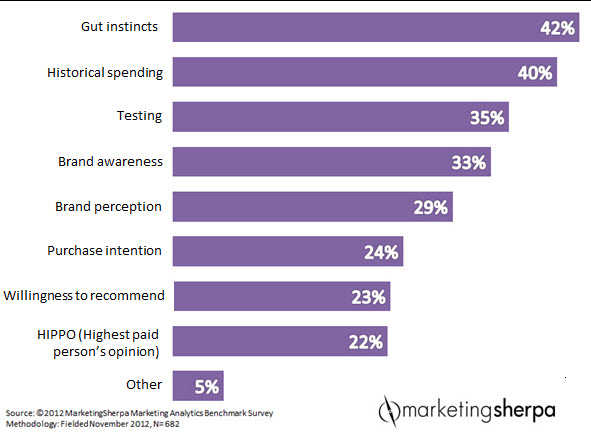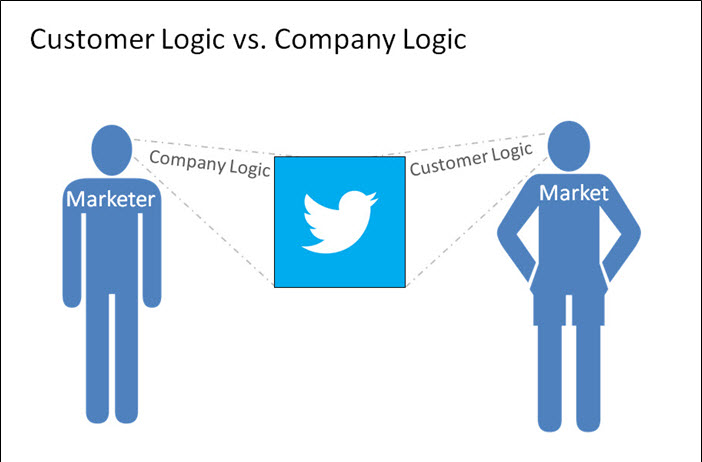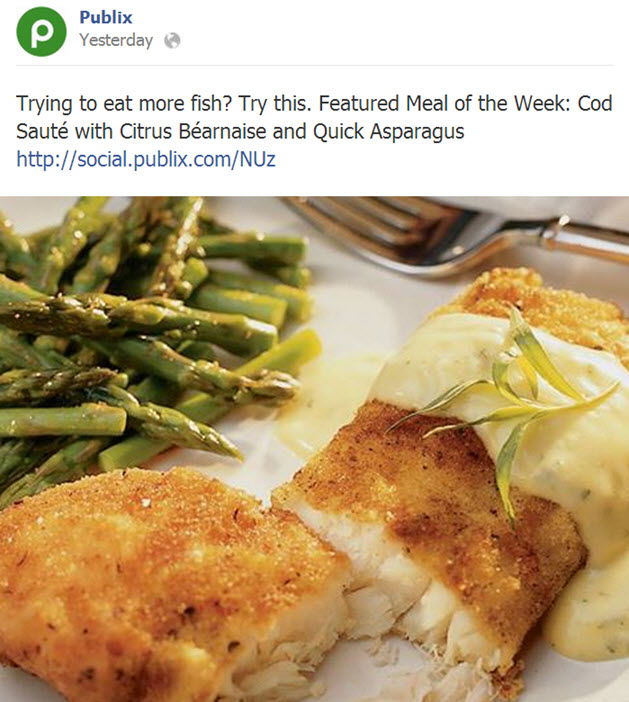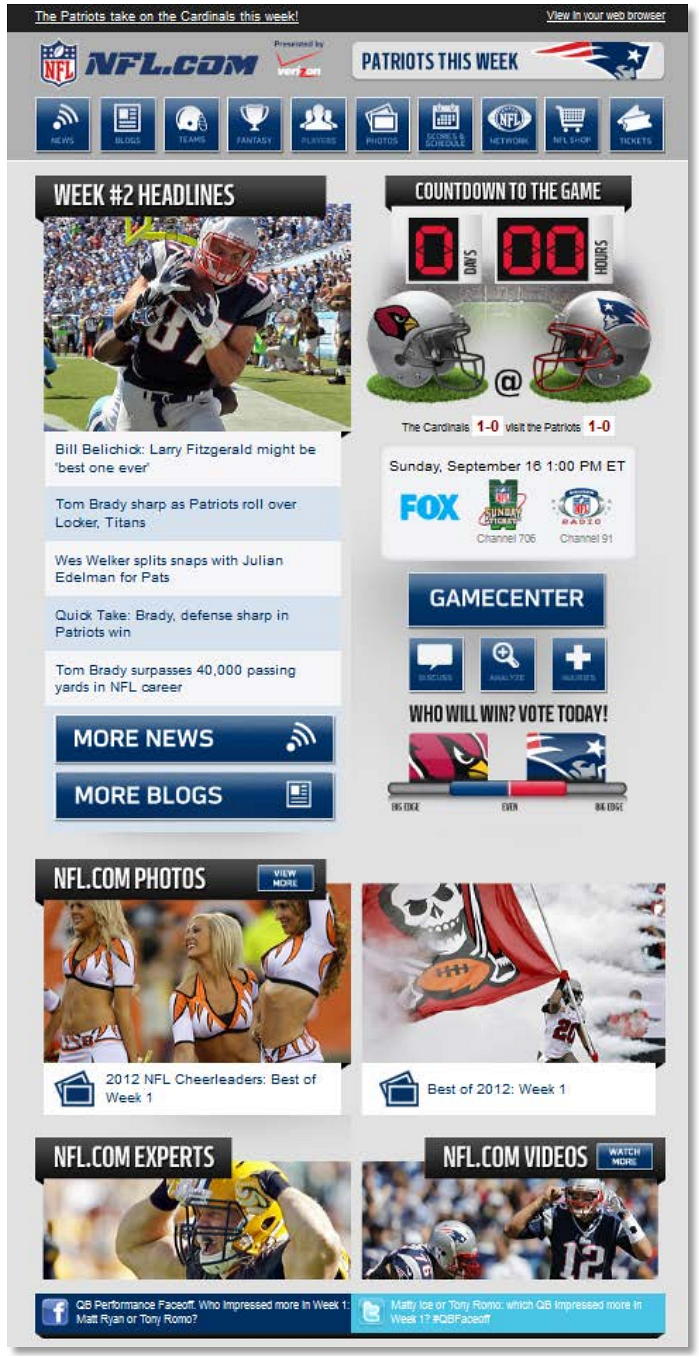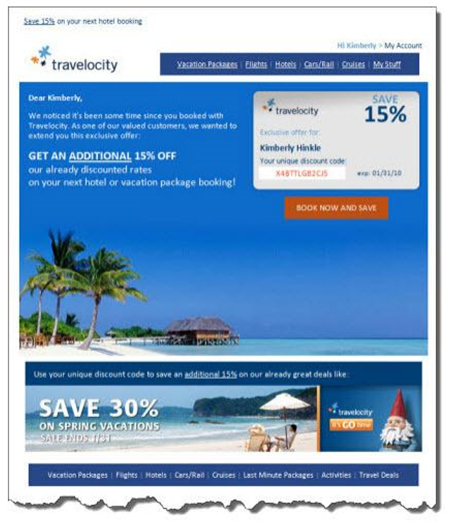Marketing Careers: Why gut instincts are only artificial marketing brilliance
At some point in your marketing career, you’ve had a moment of artificial marketing brilliance.
It was a moment where you suspected your customers might respond better to a shorter form or a bigger and more colorful call-to-action button inviting them to a unique experience.
You might have even had the sneaking suspicion that changing some of the value copy on your homepage would boost sales of your product or service because no other competitor can boast figures close to your product’s success rate.
So, you make changes as your gut tells you, “Of course this will work.”
Afterwards, you kick back to watch the ROI roll in.
And then, it happens.
Your brilliant idea bombs in glorious fashion and you’re left scratching your head.
If your marketing is driven by intuition, at some point, you are going to fail and it’s one of the best things that can happen for your customers and your career. Read on to find out why.
Failure starts at relying on your gut
Many marketers use gut instinct in hopes of delivering optimal results, but when they fall short of expected results, those marketers never fully understand why.
But, if we use the hypothetical situation above, some clues emerge that can help us understand what leads to failure.
According to the MarketingSherpa 2012 Marketing Analytics Benchmark Report (free excerpt at that link), when marketers were asked …
Q: Instead of analytics data to make marketing decisions, we rely on the following:
Nearly half (42%) responded with gut instincts, followed by historical spending trends.
So, with almost half of marketers proclaiming instinct and prior spending as their decision engines, let’s fill in the blanks with a few primary sources of inspiration:
- Case studies performed by other companies
- Best practices picked up along the way
- Marketing research
Now, I’m not saying there’s anything wrong with these resources because, let’s face it, it’s easier to borrow from a seemingly good idea than it is to create a new one from scratch.
The inherent problem is not where you get an idea. The problem is how you intend to use it.
This is the point at which many marketing campaigns were doomed to underperform because ideas untested are always at the mercy of uncertainty.
Life beyond using your gut
Your gut failed you … now what?
One of the best career moves you can make is to move away from gut instinct marketing and begin using an evidence-based approach that is methodical and systematic. Chances are, you’re going to have some questions after your first radical redesign where shorter landing pages resulted in a 10% decrease in clickthrough.
Did the larger hero image take away from the copy? Was the award for customer satisfaction from 2004 recent enough to provide credibility? What turned the audience away?
You’ll also have questions if your redesign brought you a 5% lift in clickthrough. You might even be pretty content and let things rest, even if you could do better.
Those strokes of “marketing brilliance” are coming from a different source – online testing results that can be used to build a customer knowledge base.
Did your customers like your new vivid red button? Did they respond well to reading you were the only company in your field to offer one-on-one tutorials with an expert?
If you changed the eye-path on the page, could you have achieved a 10% lift? 20%?
The inevitable question – Why?
You must realize that success and failure lead to an inevitable conclusion in marketing – you have to test to truly discover, “Why?”
You can try to isolate the factors that seemingly impacted your audience, or you can test them and measure their performance to know for sure.
Understanding the “why” of customer behavior is really the product of methodical trial and error through testing, discovering and optimizing what you think works …
And then, it’s time for more testing.
Both the small gains and big flops lead you to learning more about your customers, a path riddled with failure, success and discovery, that no gut instinct on the planet can come close to.



